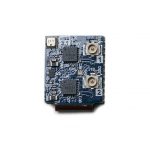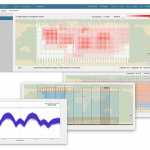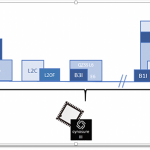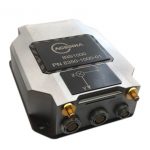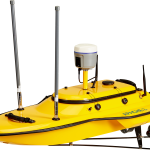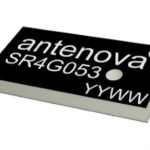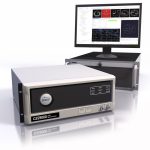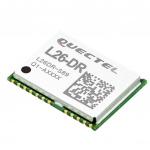Inertial Sense Releases Small RTK-INS For Mass-Market Consumer Applications
Inertial Sense, creators of the smallest high-performance precision GPS-Inertial Navigation Systems, recently announced the release of precise RTK-level accuracy. The new inertial navigation solution offers an accuracy of 2-3 centimeters GPS position, in combination with inertial sensors (including on-board sensor fusion), at a lower price point than competitive INS+RTK Sensor offerings, according to the manufacturer.
By Inside GNSS
